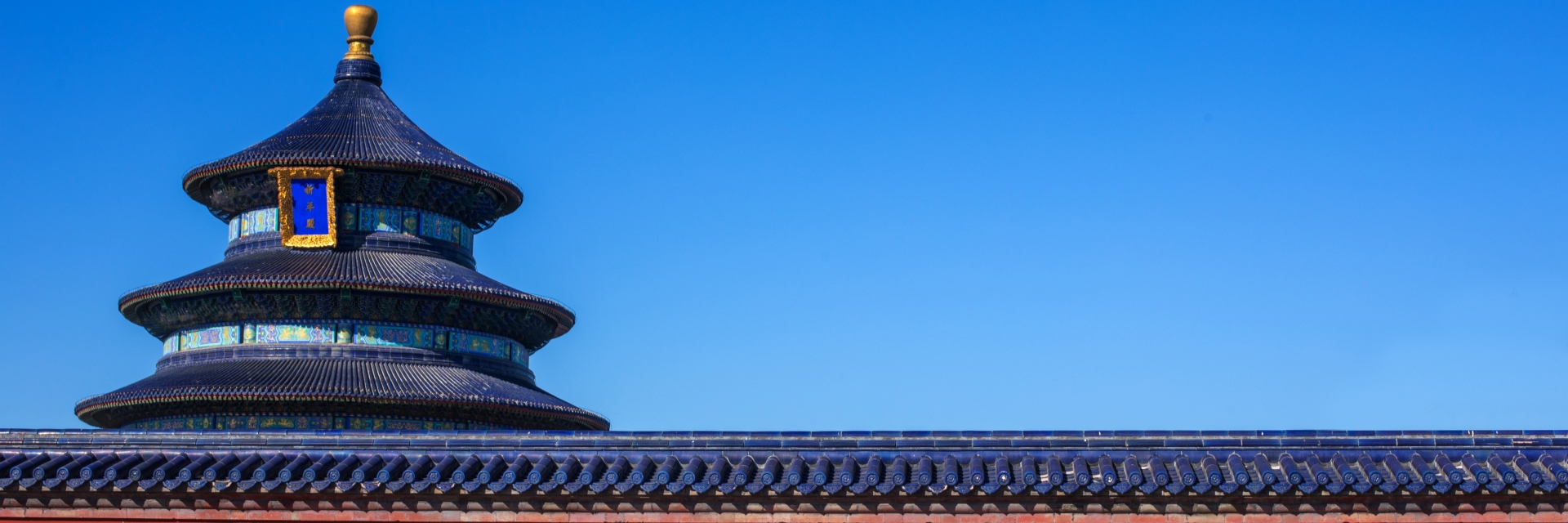
Temple of Heaven in Beijing: Epic Cultural Landmark
By Sophia
Hi, I’m Sophia. Having spent more than 20 times exploring Beijing, visiting the Temple of Heaven near the Forbidden City offered me a fascinating glimpse into China’s imperial past. Built in 1420, this UNESCO site blends sacred architecture with vast parklands. Known as “Beijing’s green lung,” it’s perfect for both cultural exploration and leisurely strolls. In this guide, I’ll share my experiences and practical tips to help you fully appreciate the history and beauty of the Temple of Heaven.
Core Ritual Structures at the Temple of Heaven in Beijing
At the Temple of Heaven in Beijing, the core ritual structures showcase ancient Chinese architectural brilliance and spiritual significance. Key buildings include the Hall of Prayer for Good Harvests, the Circular Mound Altar, and the Imperial Vault of Heaven, each designed for specific ceremonies and imperial rituals.
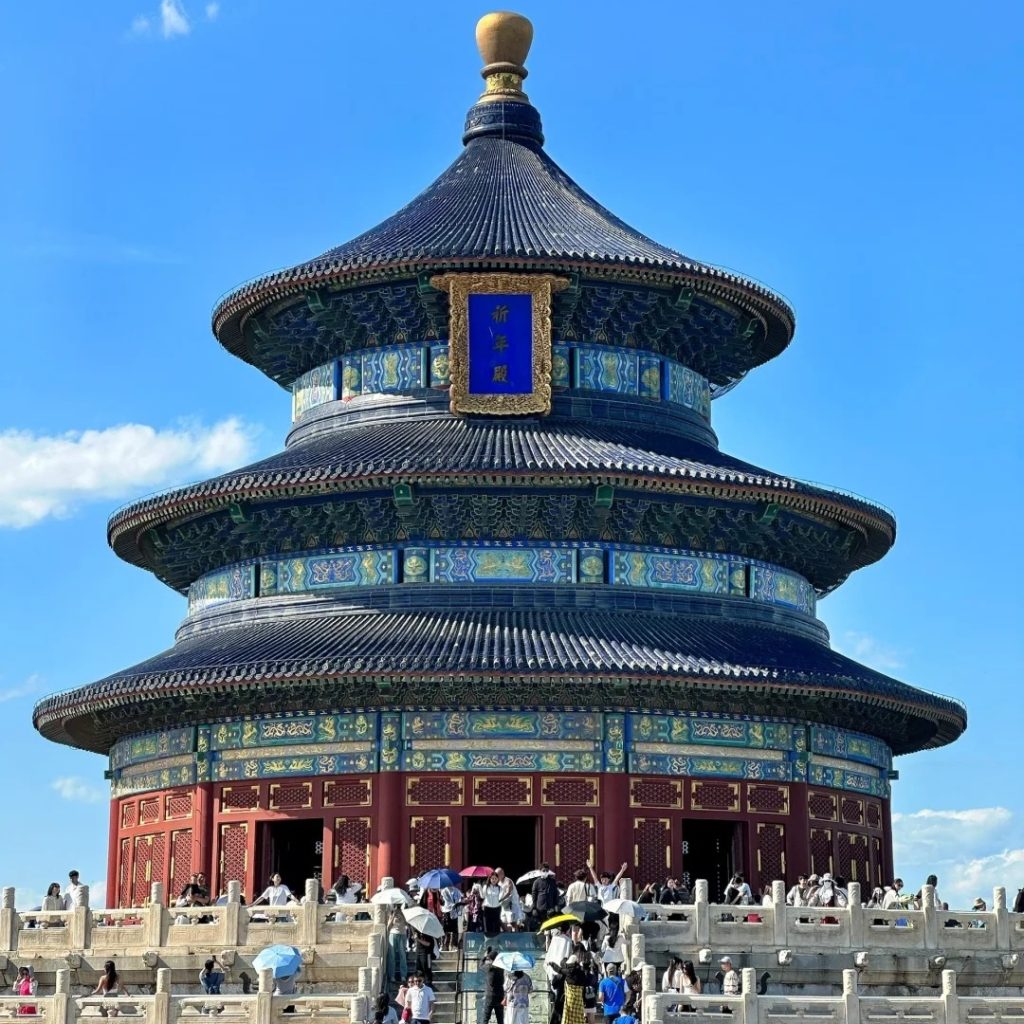
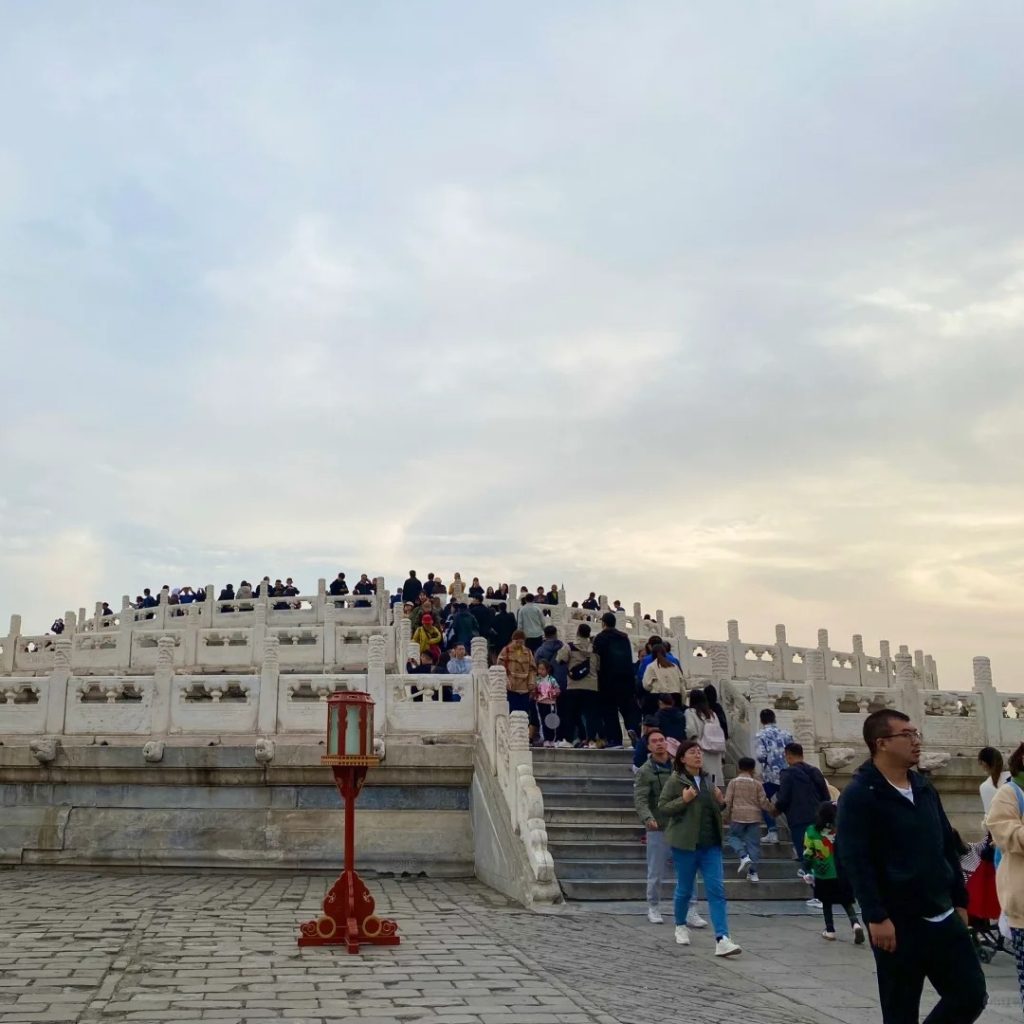
This table clearly summarizes the main buildings of the Temple of Heaven in Beijing, showing their functions and key features at a glance:
| Building | Function | Key Features |
| Hall of Prayer for Good Harvests | Spring prayer ceremonies for good harvests | Triple blue-glazed roof, 38m high, 28 nanmu pillars symbolizing seasons, months, hours; ornate dragon and phoenix ceiling |
| Circular Mound Altar | Winter solstice ceremony to worship heaven | Three-layer white marble platform; all steps and stones in multiples of nine |
| Imperial Vault of Heaven | Storage of divine tablets | Single-eaved blue roof; Echo Wall with perfect sound transmission; Three Echo Stones with unique acoustic effects |
Auxiliary Structures and Historic Sites
The Temple of Heaven in Beijing is not only about its main halls—its auxiliary structures and historic sites play important roles in imperial ceremonies. Highlights include the Danbi Bridge, Abstinence Palace, Divine Music Administration, and Seven Star Stones, each carrying ritual significance and unique architectural features.
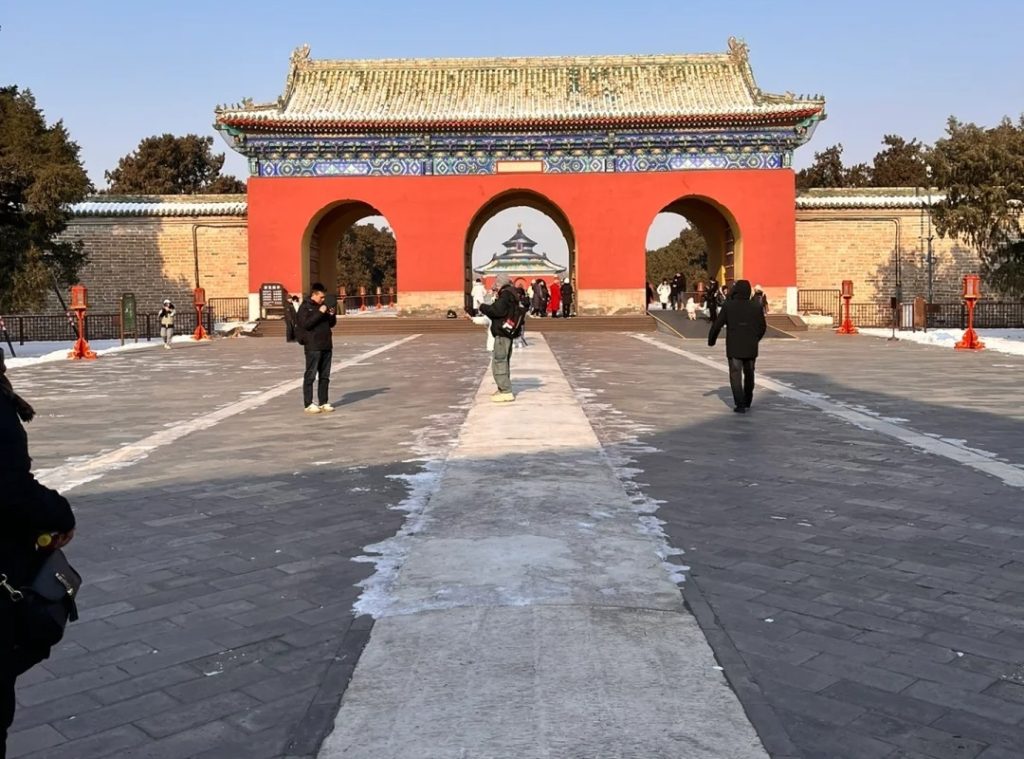
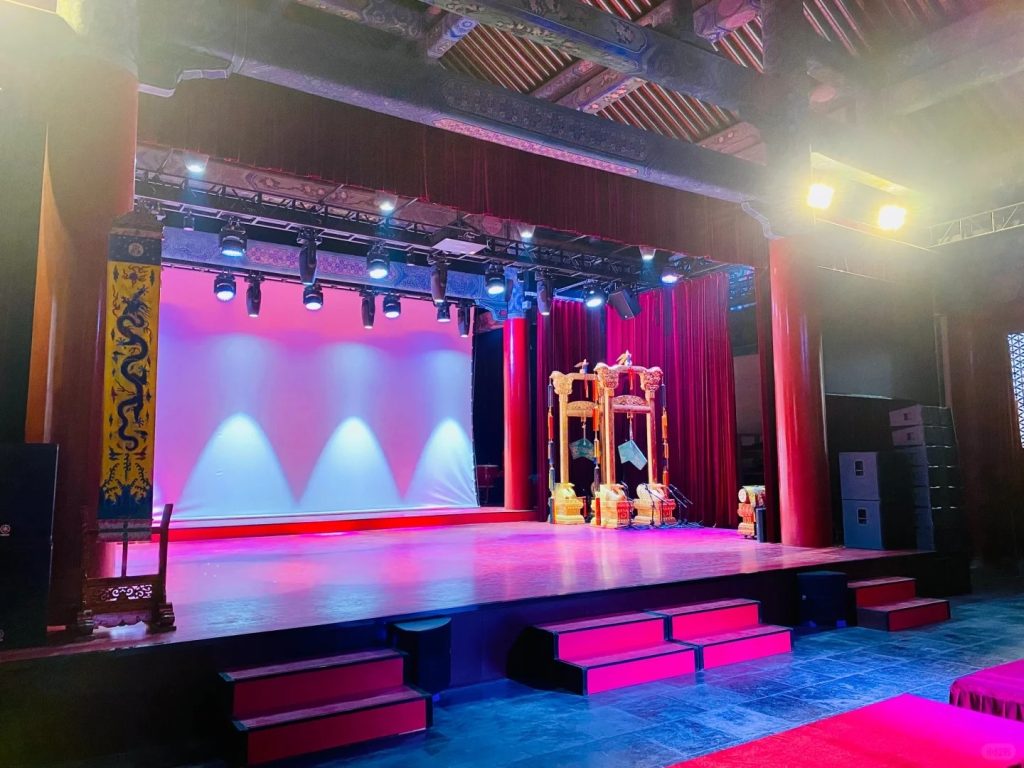
This table provides a clear overview of the Temple of Heaven in Beijing’s auxiliary structures, showing what each building was used for and its unique characteristics.
| Building | Function | Key Features |
| Danbi Bridge | Connects Circular Mound Altar to Hall of Prayer for Good Harvests | 360m long, 2.5m high; north end higher than south, symbolizing ascent to heaven |
| Abstinence Palace | Emperor’s fasting and purification before ceremonies | Lower green-glazed roof to show humility; surrounded by moat; brick-vaulted ceiling without beams |
| Divine Music Administration | Trained musicians and dancers for rituals | Venue for “Zhonghe Shaoyue” performances today |
| Seven Star Stones | Feng shui protection and symbolism | Eight large stones (originally seven) representing Mount Tai; Qing dynasty added one for Manchu representation |
Perfect Route for Visiting the Temple of Heaven in Beijing
Discover the best way to explore the Temple of Heaven in Beijing. This perfect route guides you through its main attractions, from iconic halls to peaceful gardens, so you can enjoy both history and local life.
- Morning Energy (7:00-10:00 AM)Start at the East Gate → Head straight to the Hall of Prayer (beat the crowds!) → Stroll down the Sacred Way to the Imperial Vault → Test the Echo Wall → End at the Circular Mound Altar.
Why this works? You’ll see key sites while feeling the park’s serene morning vibe . - Afternoon UnwindGrab tea from a street vendor → Picnic under cypress trees → Watch retirees dance to traditional music near the Seven Star Stones. Join them if you dare—they’ll cheer you on!
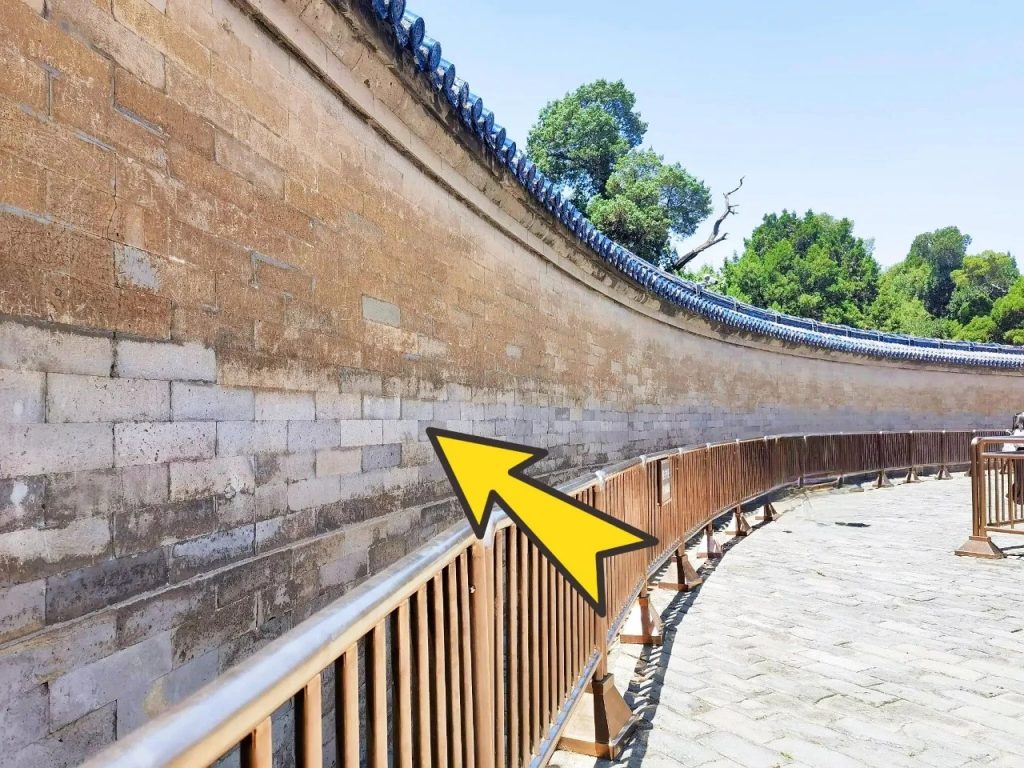
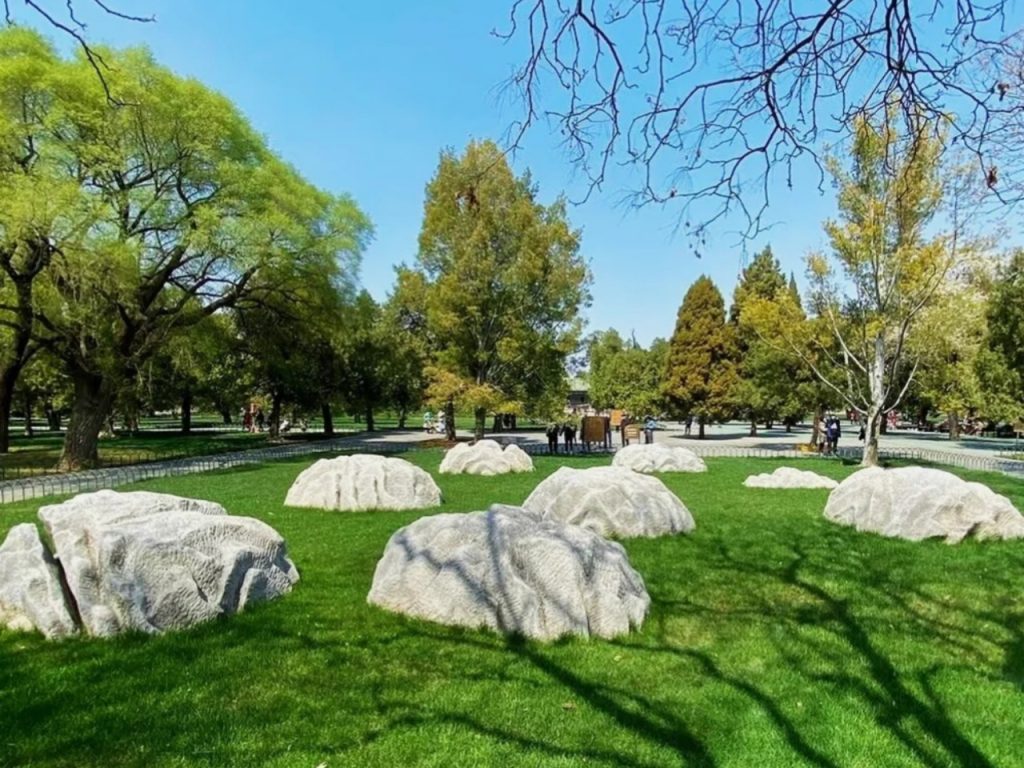
Planning Your Visit to the Temple of Heaven in Beijing
Best Times to Experience the Temple of Heaven
The best time to visit the Temple of Heaven is during spring and autumn. The weather is mild, and the park is filled with vibrant colors. If you’re an early riser, consider visiting in the morning to see locals practicing tai chi, dancing, or playing traditional instruments.
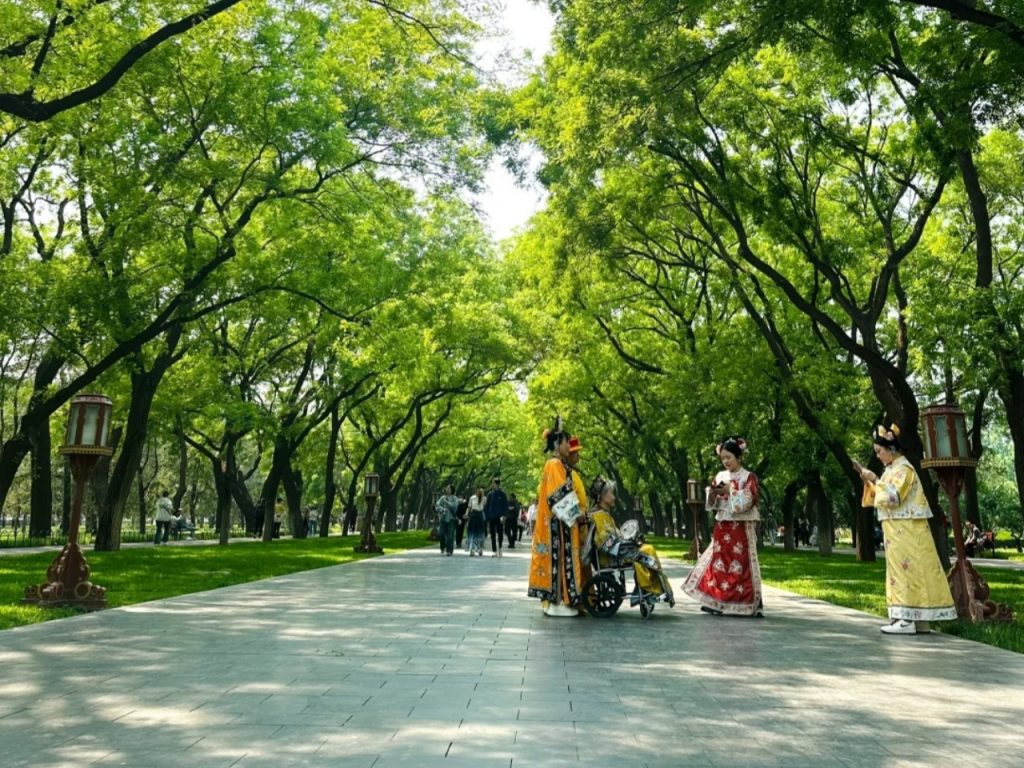
Opening Hours of the Temple of Heaven in Beijing
The Temple of Heaven in Beijing opens early to let visitors enjoy its serene atmosphere, with the park generally accessible from 6:00 AM to 10:00 PM and the main historical buildings available from 8:00 AM.
Park Operating Hours:
- Peak Season (April 1 – October 31):6:00 – 22:00 (Last entry at 21:00)
- Off-Season (November 1 – March 31):6:30 – 22:00 (Last entry at 21:00)
Historical Buildings & Monuments:
(Including Hall of Prayer for Good Harvests, Circular Mound Altar, Imperial Vault of Heaven)
- Peak Season: 8:00 – 17:30 (Last entry 17:00)
- Off-Season: 8:00 – 17:00 (Last entry 16:30)
Note: These attractions close every Monday (except national holidays) for maintenance
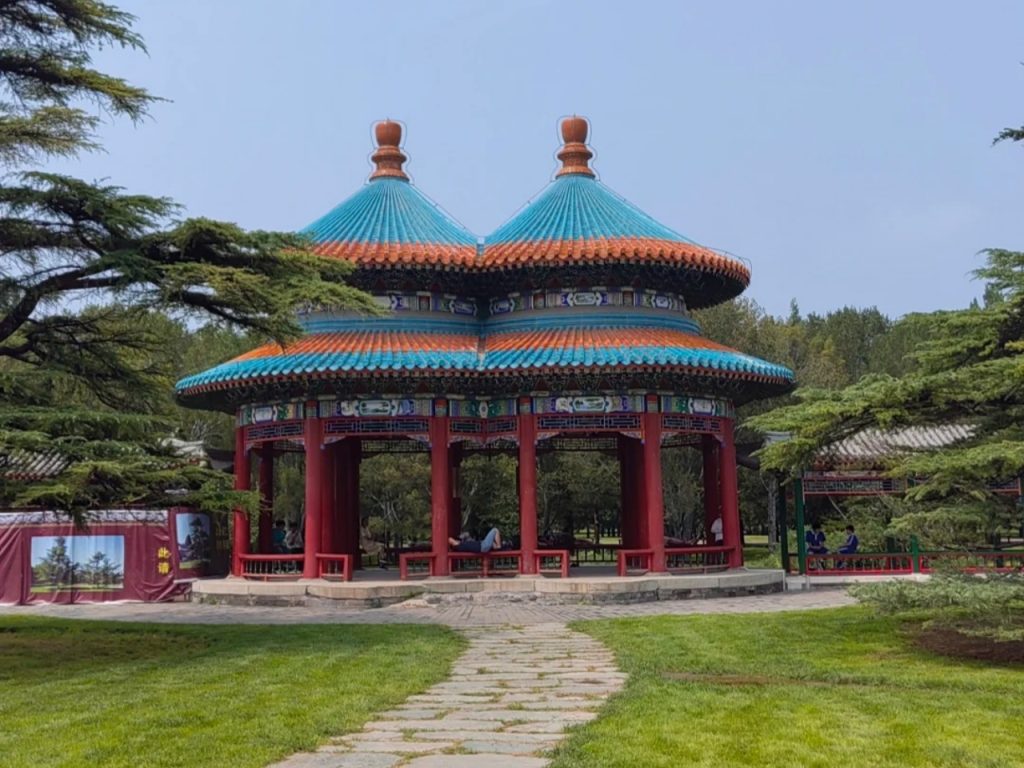
How to Navigate to the Temple of Heaven in Beijing
Getting to the Temple of Heaven in Beijing is easy by subway, and visiting in the morning helps you enjoy a peaceful experience. Follow simple tips for comfort and explore nearby attractions after your visit.
Subway: Take Line 5 to Tiantan Dongmen (East Gate).
Timing: Visit on weekday mornings for fewer crowds. Weekends buzz with family gatherings.
Comfort First: Wear cushioned shoes—the stone paths are uneven.Bring a refillable water bottle; refill stations are near restrooms.
After Your Visit: Walk 10 minutes to Hongqiao Market for pearl necklaces or street-food skewers. Or, head to Baoyuan Dumpling House for rainbow-colored dumplings.
My visits to the Temple of Heaven in Beijing always leave me in awe. This UNESCO World Heritage site blends ancient imperial traditions with modern life. Its architecture, spiritual significance, and serene surroundings create an unforgettable experience. History buffs and culture seekers will find something special here, making it a must-see landmark.